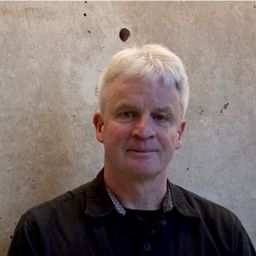Globalizing Architectural Scholarship in Canada I
My Session Status
In recognition of the fact that Canadian practitioners, scholars, and students of architecture think, work, and act globally, this session invites submissions that are geographically unconstrained. The session welcomes case studies or analyses that illuminate how the transnational flow of ideas, people, and capital has changed the global built environment, including the multi-directional nature of exchanges between the so- called developing and developed worlds. How do local social and cultural contexts figure in the internationalization of urban and architectural practices? How has the mobility of models and media across space and time shaped the design of buildings and cities; and, in turn, how does the built environment encourage or impede these flows? Papers may be historical or contemporary in scope. However, as space is this session is limited, papers must offer original arguments, highlight specific methods, or draw attention to under- represented buildings, landscapes, and cities from around the world. Contributions from scholars working in fields other than architecture, such as urban studies, geography, environmental history, or science and technology studies, are especially welcome, as are contributions from designers and artists working at the intersection of research and practice.
Sub Sessions
The construction fence along University Avenue is down, restoring to view to the familiarly strange forms of the Dalhousie Arts Centre. Never quite in harmony with Halifax architectural proprieties, the building’s central place in the city’s cultural life has fostered an uneasy co- existence between the radicalism of its forms and the nostalgic impulse of the society it serves. Just how did such an assemblage concrete forms come to be? Arguably Canada’s only authentic “Metabolist” building...
The twentieth century witnessed an increased mobility of architectural knowledge across international borders. This transnational flow of ideas was highly visible in Canada’s own architectural scene following WWII, as the nation sought to position itself on a global stage and foreign architecture studios vied for commissions in the country. As a case study for this arrival of foreign architecture knowledge in Canada, this paper will examine the Tour de la Bourse at Place Victoria in Montre...
New approaches to conventional architectural histories have sought to create a different historical field, expanding its geographical and cultural boundaries, and introducing new conceptual tools to replace the traditional survey of leading examples—the canonical works, one of the features (though by no means the only one) which has allowed to build and study a continuous history of architecture. One goal is to incorporate other areas and groups that have not been part of the main developm...




Discussion